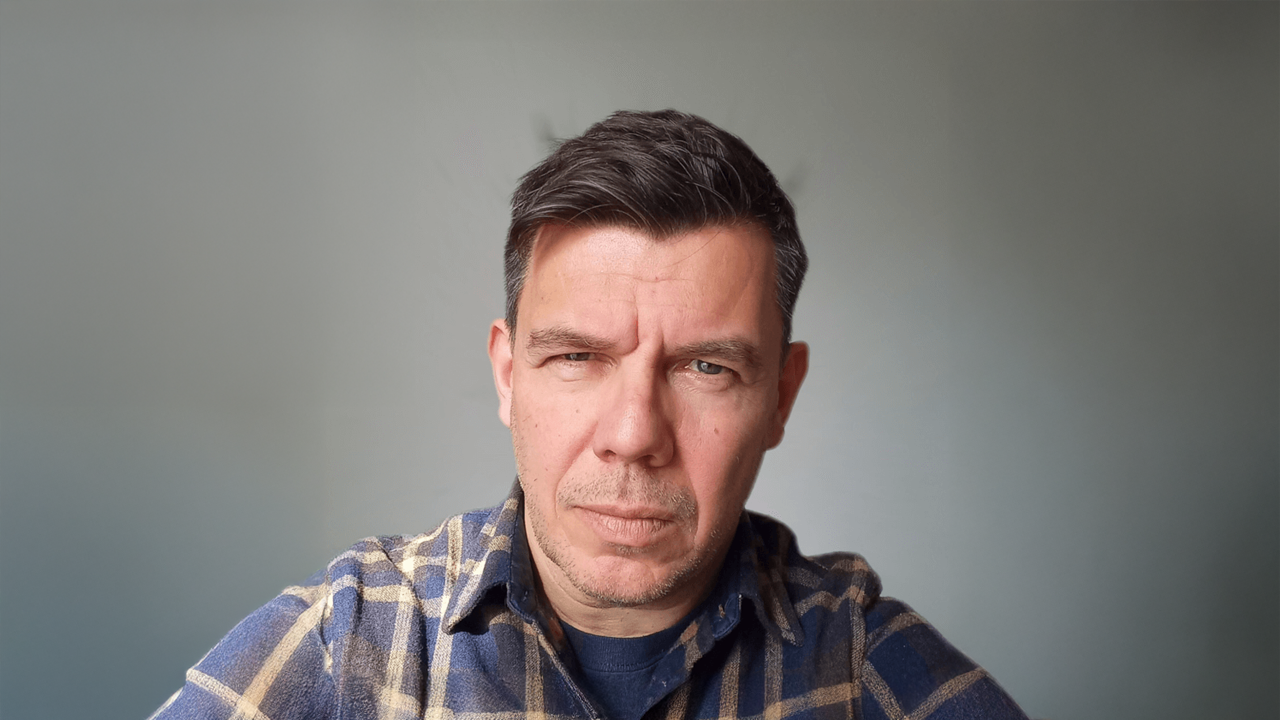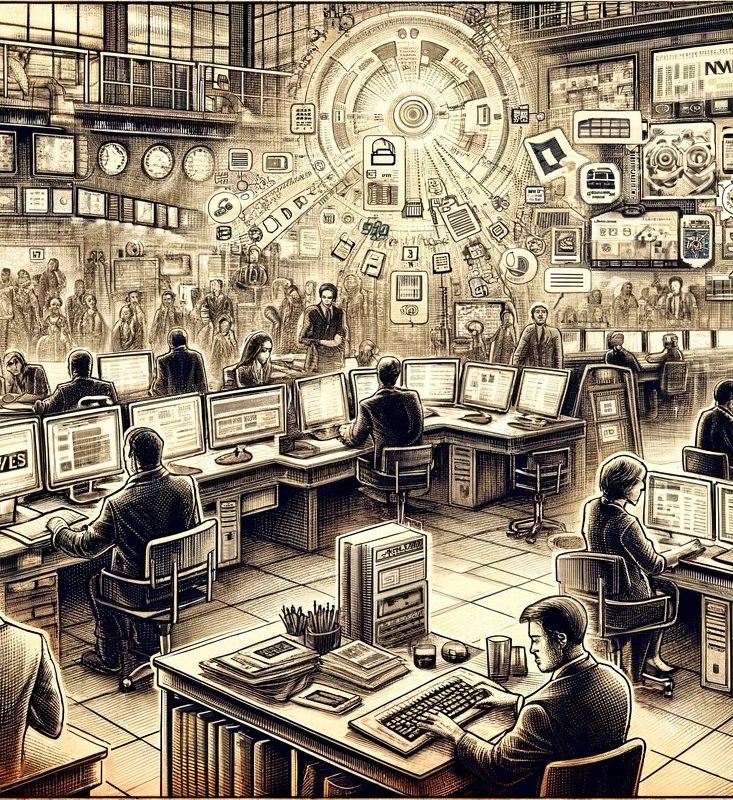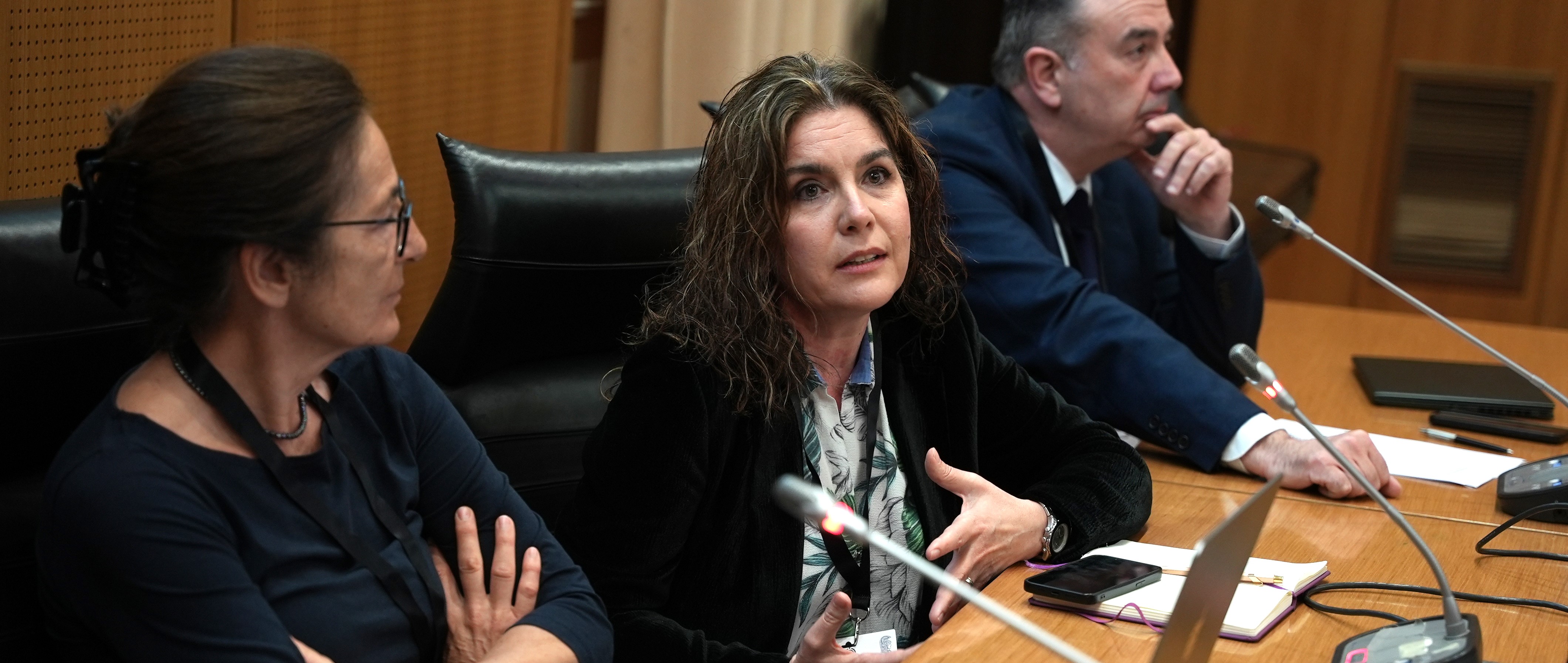
How can media education help to rebuild trust and enable citizens to take control of their own information?
Etienne Millien is an expert in media education, director of Apem (Association pour l’éducation aux médias), a non-profit organisation dedicated to Media education set up by the French newspaper and magazine Publishers trade associations. He has also worked as a TV and print journalist for French and British media. Here he explains how media education can help rebuild a bond of trust with our audiences.
Platforms, the new power
There is no longer any doubt that the media world is in crisis. In particular, they are facing competition from social platforms, which are expected to account for two-thirds of media advertising revenues by 2035. These platforms include all the social networks capable of displaying advertisements, such as Facebook, Tiktok and Instagram. At the same time, these same social networks enjoy the trust of an audience that no longer hesitates to use them as information channels.
A cross-generational need for trust
Whether they get their information from social networks or elsewhere, people today need to be able to trust the information they consume. This is the crux of the issue of media literacy, which is not just a problem for the very young… but also for their parents. “We need to address a young audience. We have to take account of the family unit and teachers, but we can’t do media education by focusing solely on children,” observes Etienne Millien.
Sorting it out
Faced with the proliferation of content, media education teaches people to sort through it all. “People don’t choose their information as much as they could, because they are bombarded with content that pretends to be information by entertainment and advertising; among all that, they sometimes manage to see information and if you’re not careful, it all seems to have the same importance”, continues Etienne Millien. Faced with this flood of content, media education can provide the tools to make informed choices and help citizens to form their own opinions. “So we need to help them make the difference between news media and platforms that understand that they have a choice.”
Click here to watch the masterclass video:
Becoming a player again
Media education should help to deconstruct habits by teaching people to ask themselves a series of questions. Where do you go to get information in the first place? How do you choose it? Asking questions about the way we consume information is a way of regaining power, putting the flood of information at a distance and becoming a player in our own information. Etienne Millien prefers to see a lack of knowledge of the media rather than a distrust of them. The message is also blurred by the disappearance of the media as a strong brand, drowned out by the flood of media: Instagram stories, Youtube and in the middle… the media. This is a factor that needs to be taken into account if we are to rise to the challenge, particularly with young people.
Work towards transparency at all levels
Advocating transparency at all levels, from the production of information to its distribution, is a good way of restoring audience confidence. What advertising represents and what proportion of a newspaper company’s budget is funded by public subsidies are not trivial questions for readers, who will also be paying for access to information? Explaining why we have chosen this profession, and why we are proud to do it, is a way of taking the audience with us and, in a way, giving them back their power. Transparency must go as far as detailing the disparities between the different professions in the press. A top TV or radio presenter will not earn what a local print journalist earns. Figures indicate that the average salary of a journalist in France is around €3,000 before tax, but this is not the case.
Training as a development tool
Talking to others about your job is not always easy. However, it can be a powerful development tool. According to Etienne Millien, it can help to develop products and projects. Explain how information is made, what information is? That it is made by human beings, with all that that implies in terms of the margin for error. Interacting, particularly with the younger generation, also allows us to question our own practices, while at the same time bringing on board a future audience that is used to interaction.
Note: Apem website here.

